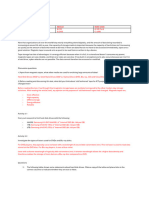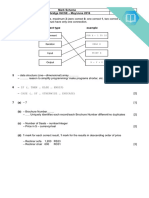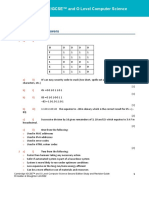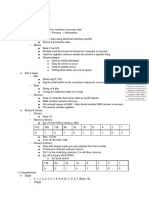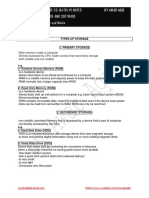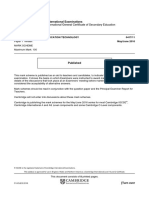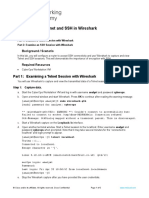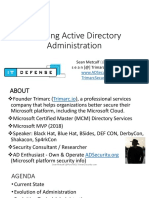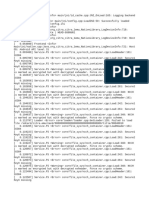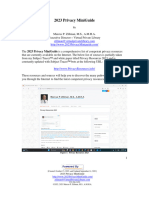0% found this document useful (0 votes)
726 views4 pagesChapter 5 IGCSE Computer Science
The document discusses SSL and how it provides secure connections, denial of service attacks, spyware and how it obtains data, viruses and their effects, how browsers check website security, the role of web browsers, how webpages are requested and displayed, how cookies store payment details, how firewalls protect against unauthorized access, how SSL connections are established, how proxy servers protect websites, and user concerns about cookies.
Uploaded by
tecshahzebCopyright
© © All Rights Reserved
We take content rights seriously. If you suspect this is your content, claim it here.
Available Formats
Download as DOCX, PDF, TXT or read online on Scribd
0% found this document useful (0 votes)
726 views4 pagesChapter 5 IGCSE Computer Science
The document discusses SSL and how it provides secure connections, denial of service attacks, spyware and how it obtains data, viruses and their effects, how browsers check website security, the role of web browsers, how webpages are requested and displayed, how cookies store payment details, how firewalls protect against unauthorized access, how SSL connections are established, how proxy servers protect websites, and user concerns about cookies.
Uploaded by
tecshahzebCopyright
© © All Rights Reserved
We take content rights seriously. If you suspect this is your content, claim it here.
Available Formats
Download as DOCX, PDF, TXT or read online on Scribd
/ 4









